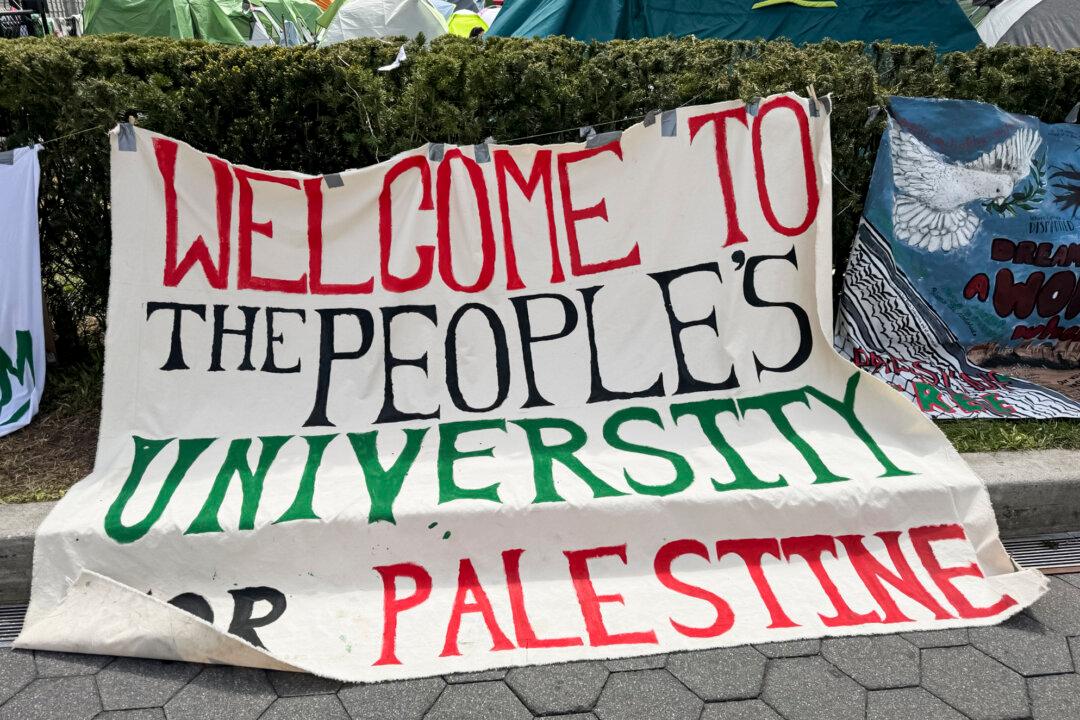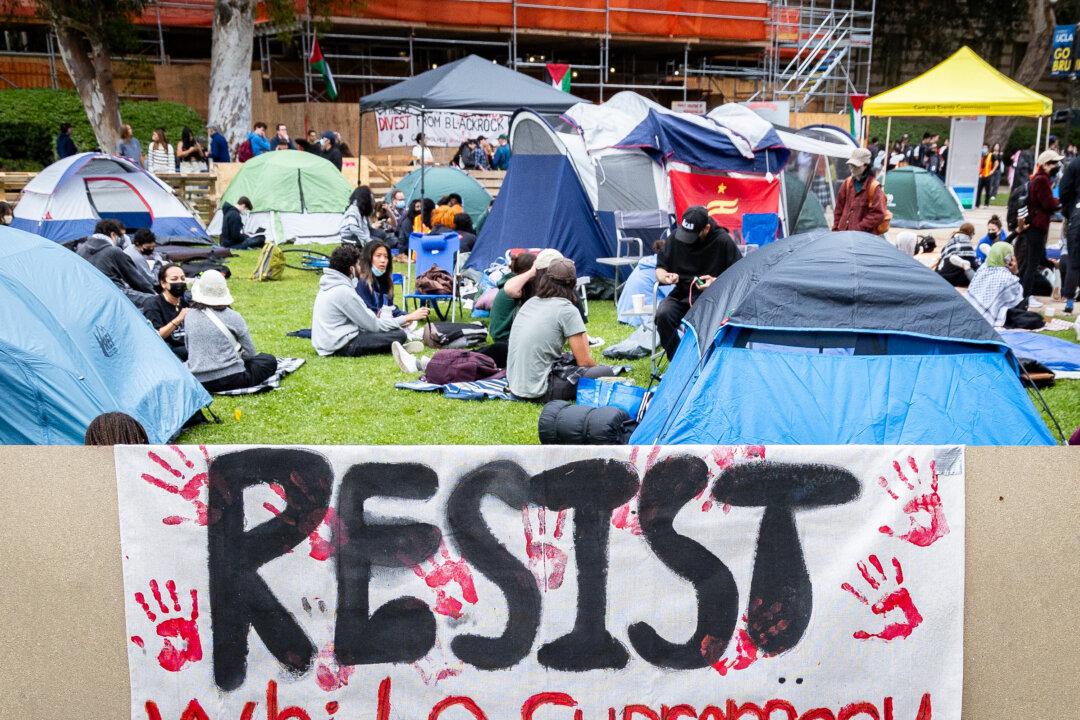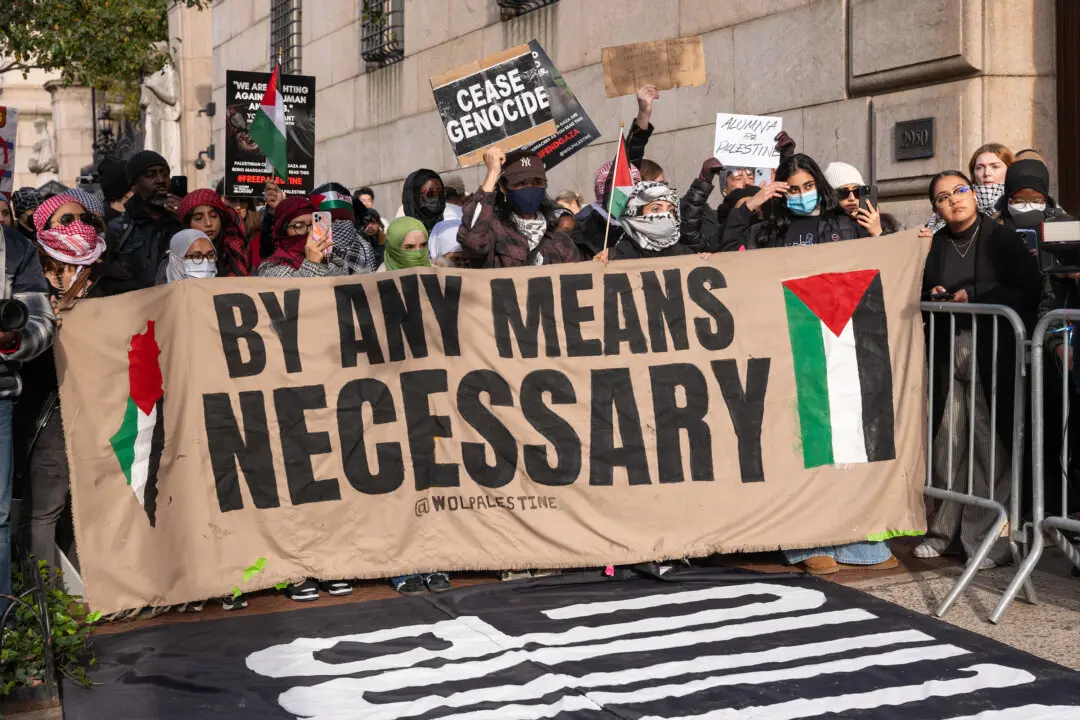Commentary
Sports are an expression of our physical energy, skills, and competitive instinct. They’re an inherent part of human nature. Even when we’re spectators rather than players, watching sports is a celebration of physical excellence, or at least attempts at excellence. For the tens of millions of spectators at stadiums, rinks, courts, and fields, vicarious participation in the efforts and skills of the players is a stimulating experience. We adopt elite players and teams as our heroes, and we celebrate their achievements.





